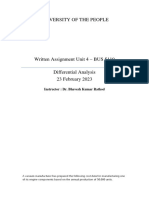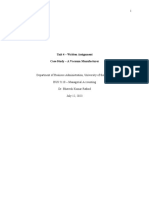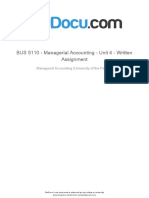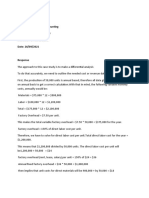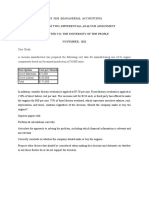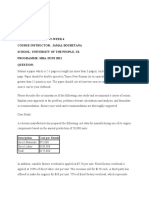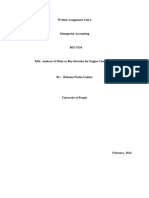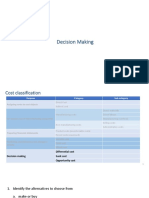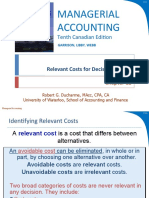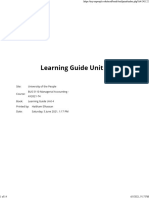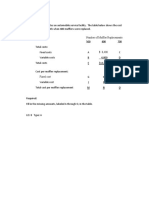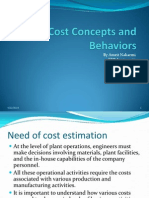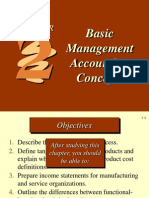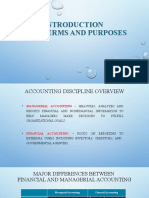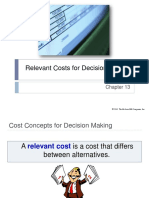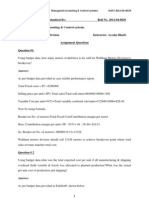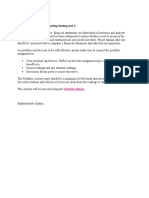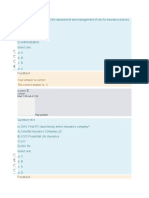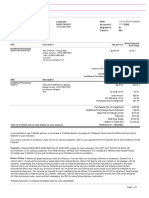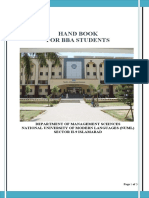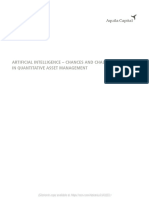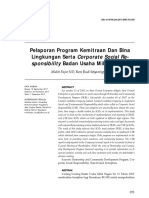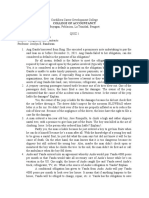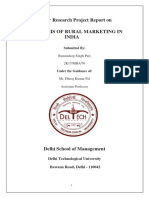0% found this document useful (0 votes)
94 views4 pagesMBA Management Accounting Analysis
This document provides a case study analysis for a vacuum manufacturer considering whether to make or buy engine components. The manufacturer prepared cost data for in-house production versus buying from a third party. A differential analysis shows that manufacturing in-house has lower total costs and higher profitability. While the third-party offer seems good, analysis of direct and indirect costs reveals higher profits from internal production. Therefore, the summary concludes the manufacturer should produce the engines themselves to sell with their vacuums.
Uploaded by
Ahmad HafezCopyright
© © All Rights Reserved
We take content rights seriously. If you suspect this is your content, claim it here.
Available Formats
Download as DOCX, PDF, TXT or read online on Scribd
0% found this document useful (0 votes)
94 views4 pagesMBA Management Accounting Analysis
This document provides a case study analysis for a vacuum manufacturer considering whether to make or buy engine components. The manufacturer prepared cost data for in-house production versus buying from a third party. A differential analysis shows that manufacturing in-house has lower total costs and higher profitability. While the third-party offer seems good, analysis of direct and indirect costs reveals higher profits from internal production. Therefore, the summary concludes the manufacturer should produce the engines themselves to sell with their vacuums.
Uploaded by
Ahmad HafezCopyright
© © All Rights Reserved
We take content rights seriously. If you suspect this is your content, claim it here.
Available Formats
Download as DOCX, PDF, TXT or read online on Scribd
/ 4
